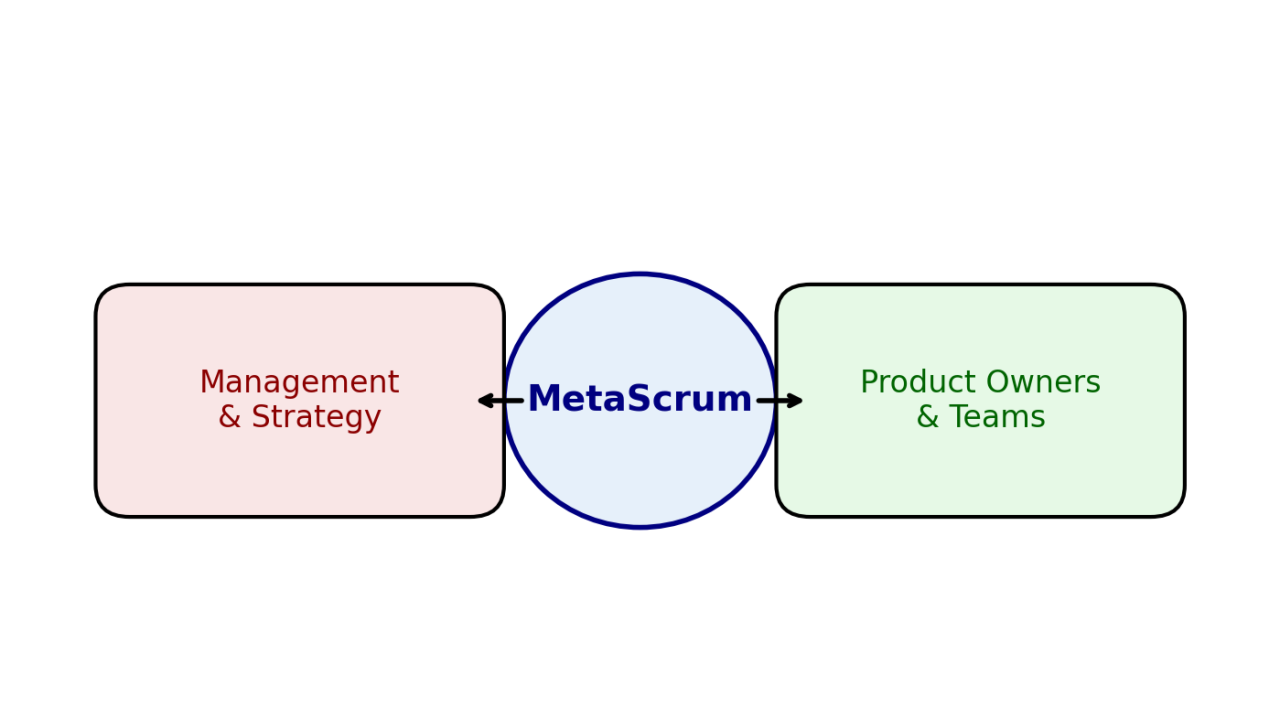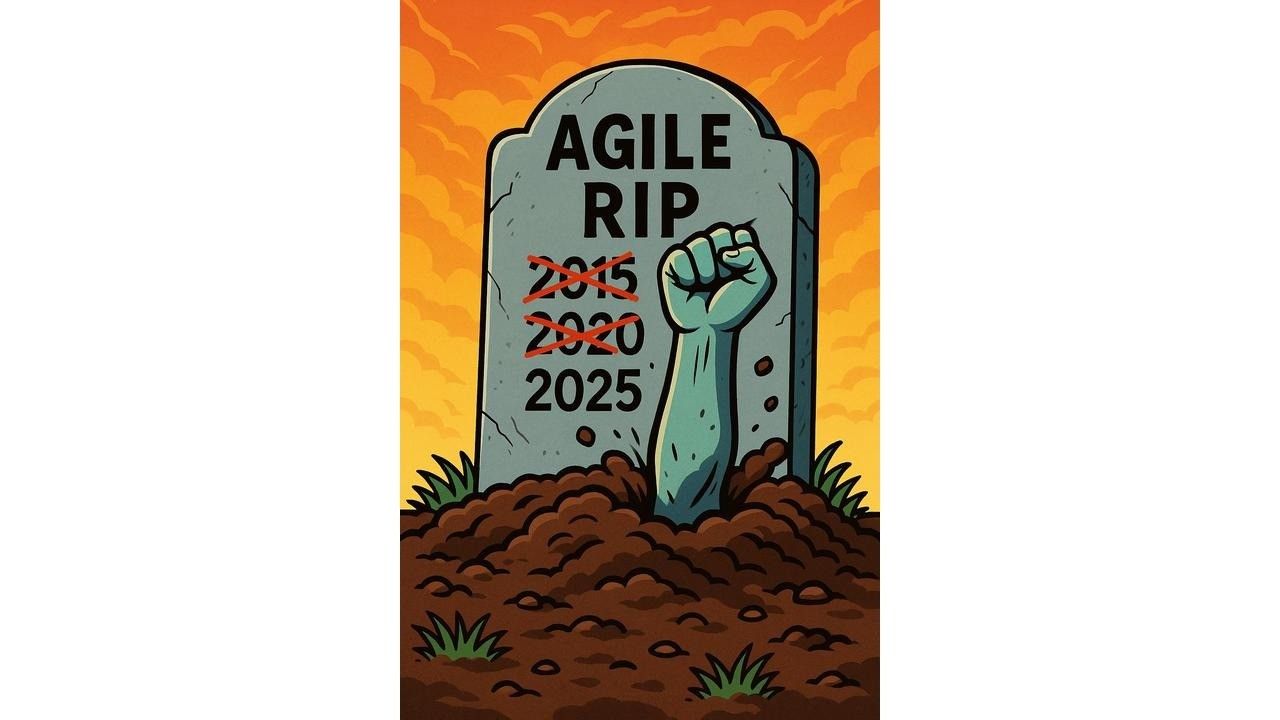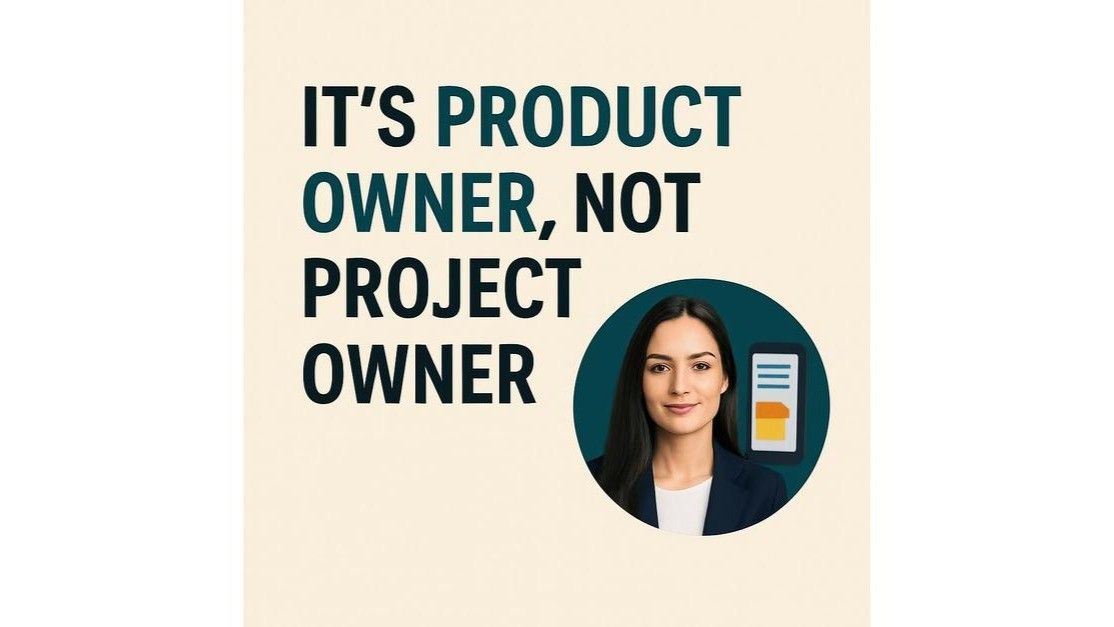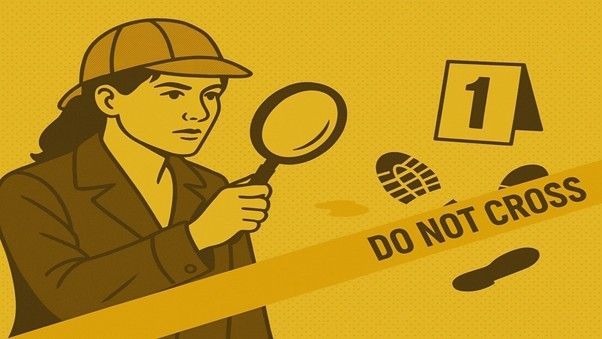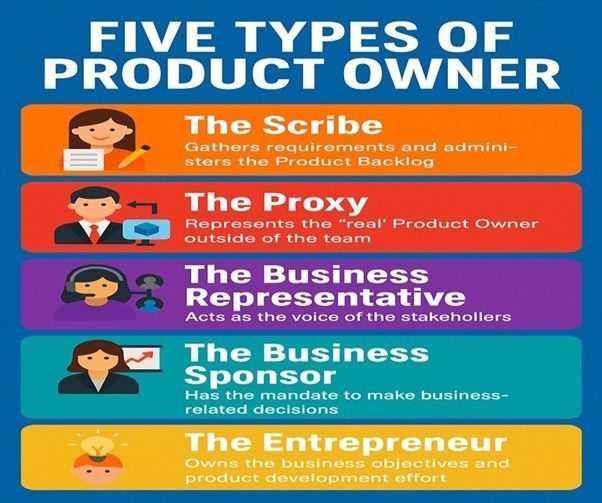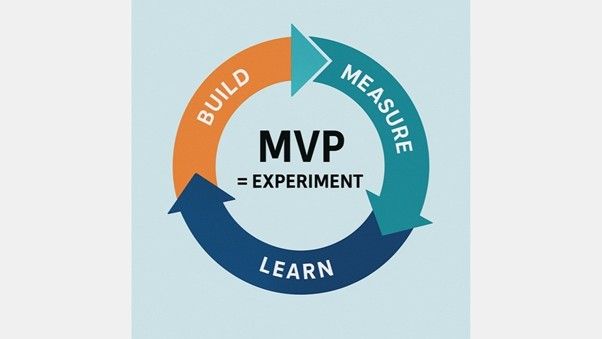The Evolution of The Scrum Guide (Part One)
How the unofficial 'Book of Knowledge' has changed
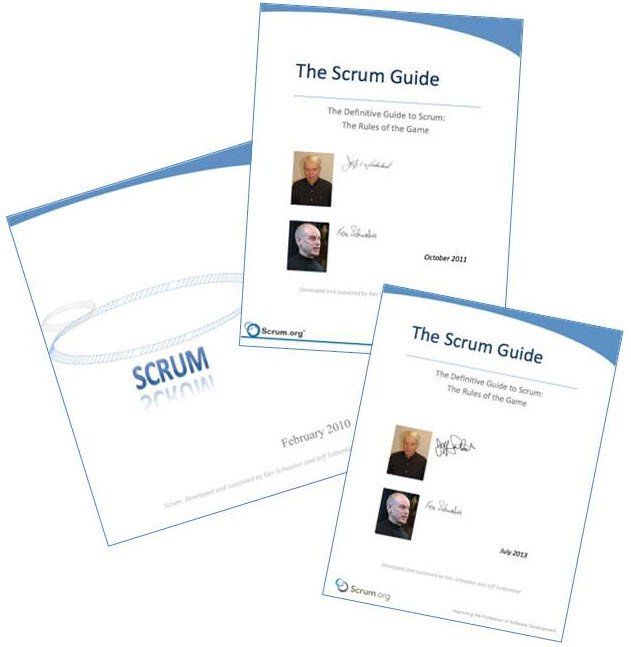
You may not have noticed, but in July 2013 Jeff Sutherland and Ken Schwaber published a new version of The Scrum Guide: The Definitive Guide to Scrum: The Rules of the Game . Don’t worry if you were unaware of this, the update was not accompanied by fanfare and so you are not alone. But as The Scrum Guide is referred to by many – myself included – as the ‘book of knowledge’ of Scrum I thought I might devote some effort in tracing the most recent changes as well as its overall evolution.
The current version of The Scrum Guide is the third since its original publication by scrum.org in February 2010 (although the original paper did not formally use the title -it was simply called Scrum – it was generally referred to by the name it acquired in the subsequent versions). The second edition appeared in October 2011, and it is this version that has just been updated. The changes between the first and second version were more obvious and perhaps more profound than those between the current edit and its predecessor but, of course, in its essentials Scrum is unchanged. In all three editions it is stressed that Scrum is a framework of roles, artifacts and events bound together by rules which is used for building and sustaining complex products. There is no such thing as the Scrum process. The framework’s role is “to surface the relative efficacy of your development practices so that you can improve upon them”. Rooted as it is in empirical process control theory, we can interpret it to say that the ‘process’ that Scrum drives out is the sum total of all the decisions that the Scrum Team(s) take to remove impediments and improve their work. The resulting process will, therefore, be different from product to product, from context to context, even for different applications of the framework in the same organization.
The fundamental idea of Scrum as a framework rather than a method or a defined process is what The Scrum Guide distilled in 2010, clearing up confusions and misconceptions which had gathered around it since its first public presentation to the software engineering community in 1995. Since then, changes to The Scrum Guide can be considered to be driven by three forces: first, a desire to strip the framework down to its bare essentials in order to define what any project (irrespective of size or context) must be doing for it to legitimately claim to be using Scrum; second, the incorporation of industry experience of using the framework; and thirdly the desire to remove ambiguities by clarifying the language.
Roles, Events and Artifacts
One of the biggest changes between the first two editions of the guide was in its description of the roles, events and artifacts of Scrum. I am not referring to mere cosmetics here: The “Team” became the “Development Team”, “timeboxes” became “events” and the spelling of “ScrumMaster” changed to “Scrum Master”, for example. Much more importantly, the original spoke of three checkpoints for inspection and adaptation( folding the Sprint Review and Sprint Planning Meeting together as instruments for inspecting “progress towards the Release Goal”), and of four “principal” artifacts that were the Product Backlog, the Sprint Backlog, the Sprint Burndown and the Release Burndown. The Release Planning Meeting was included as an optional timebox – in fact the only optional timebox alongside the mandatory Sprint Planning Meeting, Daily Scrum, Sprint Review and Sprint Retrospective.
These days I talk of Scrum consisting of the 3-4-5 ‘rule’: three roles (Product Owner, Scrum Master and Development Team), four artifacts (Product Backlog, Sprint Backlog, Definition of Done and the end-of-Sprint Increment) and five events (Sprint, Sprint Planning Meeting, Daily Scrum, Sprint Review and Sprint Retrospective) and that’s been consistent with what the Guide has said since October 2011. But you’ll notice that there is no reference in this to either a Release Goal or a Release Planning Meeting and that while the Sprint and Release Burndowns have been dropped, the Definition of Done and the Increment have been elevated to replace them in the list of artifacts. This is also consistent with the later versions of The Scrum Guide in which there is no mention of “Release Planning Meeting”, “Release Goal” or of “Burndown” of any description.
So how should we understand these changes? The most important thing to understand is that Sutherland and Schwaber are by no means deprecating release goals, release planning and Burndown or implying in any way that practitioners of Scrum should not be doing them. I reckon that maybe 9 out of 10 Scrum Teams use Burndown charts, and almost any medium to large size product lifecycle probably needs release planning meetings. The point is they are not universally required. It is entirely possible for a Team to do all the stuff that would otherwise take place in a release planning meeting in the Sprint Planning meetings if, for example, the overall work was of an appropriate size and, equally, a Scrum Team might choose ways to make the progress of a Sprint (or a Release) visible other than by showing it in Burndown charts. Remember, the Release Planning Meeting was described originally as optional, in any case. No, the point is that because you can still be using the Scrum Framework without doing these things they have been removed from the Guide. Everything that remains is mandatory.
Along the same lines we might note that the 2010 paper included fifteen tips, or tactics, that are not part of the Scrum Framework per se but were included as helpful suggestions. One of those, incidentally, referred to Product Backlog items as being “usually stated as User Stories”. This is the only reference to stories anywhere in the history of the Guide but, like all the tips, it has been removed because the use of stories is not mandated although widely used by Scrum teams. I guess the authors’ feeling was that by including the tips they somehow de-emphasized the important idea that for most issues “the users of Scrum are expected to figure out what to do.”
The Definition of Done
If all mention of Release Planning and Release Goals together with Burndown was dropped from the revision in October 2010, then the importance of the Definition of Done and the Increment of functionality were promoted. Don’t get me wrong here, there was considerable discussion of both in the original paper but it was given new prominence by including each of them in the list of artifacts from the second version onwards.
In my own experience, the emphasis that Scrum gives to presenting a slice of functionality which is “potentially releasable” and the stress it places on quality is often missed by organizations who think they are implementing the framework. To be honest, due emphasis has often not been given by people who purport to be training developers in the use of Scrum. Perhaps similar observations lay behind the Guide’s authors’ choice to reframe the material around these two topics.
Even the first paper stated very clearly that all Sprints deliver an increment of the final product that is potentially releasable, and that it was the (Development) Team’s job to turn Product Backlog items into such increments in every Sprint. “More and more Sprints create additional increments” until there is sufficient value accumulated for the product to be released. There is a strong implication in the original, but only made explicit from the 2011 version onwards, that the decision about what and when to release is one made by the Product Owner.
This is, of course, what makes Scrum difficult to apply, especially at first. Not only is a slice of functionality mandated to be delivered at the end of every Sprint, but it is required that the product be “potentially shippable”, i.e., it must meet the quality standards of shippable product even if it is not going to be released yet: it must be ‘done’. The Definition of ‘Done’ is the Scrum Team’s shared understanding of what it means for work to be complete. It is essential to Transparency that such a shared understanding be in place. All of this was stated in the original document and has been maintained by the successive revisions.
There have been changes, however. The first version listed the types of things that would need to have been finished for a completely “done” increment: analysis, design, refactoring, documentation and testing that included unit, system, user and regression tests as well as non-functional requirements testing performance, stability, security, and integration. Internationalization is also included. All of this detail was been removed from the 2011 Guide. Clearly, it is context-specific so that change is perfectly in line with the general line of march of the framework’s evolution. As the 2013 version states “…this [i.e., the Definition of Done – AOC] varies significantly per Scrum Team” and later “Any one product or system should have a definition of “Done” that is standard for any work done on it.”
A more significant change, perhaps, between 2010 and 2011 was the removal of discussion of “Undone work”. In the section on “Done” the original Guide says that some Development Teams will not yet be able to put everything required for implementation and release into their Definition of Done, and must make that clear to the Product Owner. The remaining work would still need to be finished before the increment could actually be released, it pointed out. In other words there would be a level of doneness which would have to be achieved for anything that would be demonstrated at the Sprint Review, and another, higher level of doneness that would be needed to be reached before the product could be used by the customer. At least, that’s how I have always interpreted this section.
The work needed to bridge the gap between the two levels was called, in a Tip on the same page, “Undone work”, and the Tip implied that this should be accumulated in a Product Backlog item (PBI) and its effort estimated in the same way as the regular PBIs. The section on “Done” was immediately followed by another section called “Final Thoughts” which was completely devoted to how a Development Team might handle “undone work”. It recommended creating two explicit categories of work: one for “done” work and the other for “undone work”. The first category included the work governed by standards for the Sprint, the second category listed the work to be done at a later date. The Guide recommended that special Release Sprints be added to any release to complete the “undone work” and pointed out that the number of Sprints would be unpredictable to the degree that the accumulation of “undone work” was not linear.
All of that was removed from the Guide in the October 2011 revision and is absent from the current version, too. Again, the tactics listed were probably considered to be too specific to be truly universal (certainly, there are other ways of hardening releases other than adding Release Sprints at the end of the regular development Sprint cycle). It is definitely still the case that there are many Scrum Teams, perhaps a majority in some industry sectors, which are not in a position to put, at the end of every Sprint, slices of functionality that are genuinely potentially shippable at the disposal of the Product Owner. My own practice in these circumstances broadly follows the approach described in the original Guide, and I’m sure that’s true for a great many Scrum practitioners. The 2011 and 2013 versions of The Scrum Guide point out that, as Scrum Team’s mature, their Definition of Done will be expected to expand to include more stringent criteria for quality. The newest edition has added that if “done” for an increment is part of the standards, guidelines and conventions of the development organization, then all Scrum Teams must follow it as a minimum. If it is not part of an existing development standard the Development Team must define one appropriate for the product, and if there is a multiple team development for a product or a system then all the Scrum Teams working on it must mutually agree the Definition of Done.
